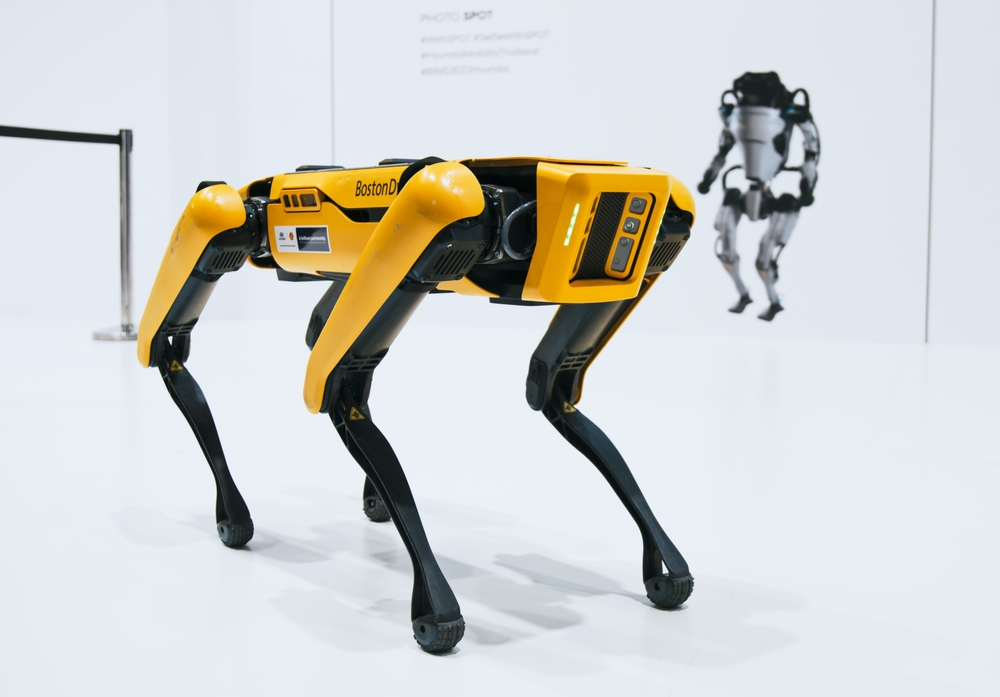
A groundbreaking study published in Pest Management Science showcases an innovative approach to combating the Red Imported Fire Ant (RIFA) using a robotic canine equipped with artificial intelligence. This interdisciplinary research, conducted by teams from China and Brazil, highlights how the “CyberDog” robot, integrated with advanced AI, is revolutionizing the detection and control of this globally invasive pest.
A New Era in Pest Detection
The CyberDog robot, designed to mimic a dog’s agility, has been paired with a machine learning model trained on over 1,100 RIFA nest images. This combination allows the robot to identify fire ant nests with remarkable precision, outperforming human inspectors by detecting three times as many nests. Eduardo Fox, a postdoctoral researcher at State University of Goiás and the study’s lead author, emphasized the advantages of this technology: “The CyberDog can autonomously locate nests without the need for specially trained personnel, operating efficiently regardless of weather conditions.”
The Threat of RIFA
Red Imported Fire Ants, notorious for their destructive impact, were inadvertently introduced to the United States in the 1930s and have since spread globally, causing significant environmental and economic damage. They outcompete local species and damage crops, making effective monitoring and control crucial. Traditional methods, involving widespread pesticide use, often harm non-target species and disrupt local ecosystems.
How CyberDog Works
The CyberDog’s AI is trained to detect active fire ant mounds by analyzing behavioral cues when the robot disturbs the nests. The system boasts over 90% accuracy in nest detection. During field tests, the robot’s performance was compared to that of trained human inspectors, revealing its superior ability to identify and distinguish active nests from inactive ones.
Challenges and Future Prospects
Despite its success, the technology faces challenges, including limited battery life and high costs. Zheng Yan, a researcher at Lanzhou University, noted that while the current cost is higher than traditional methods, future advancements may reduce expenses and improve efficiency. The use of robots also has the potential to raise public awareness about the dangers of invasive species, as these high-tech devices capture public interest and highlight the severity of pest problems.
For more on this cutting-edge research, visit the full article on Techxplore.

 Get in Touch
Get in Touch 


